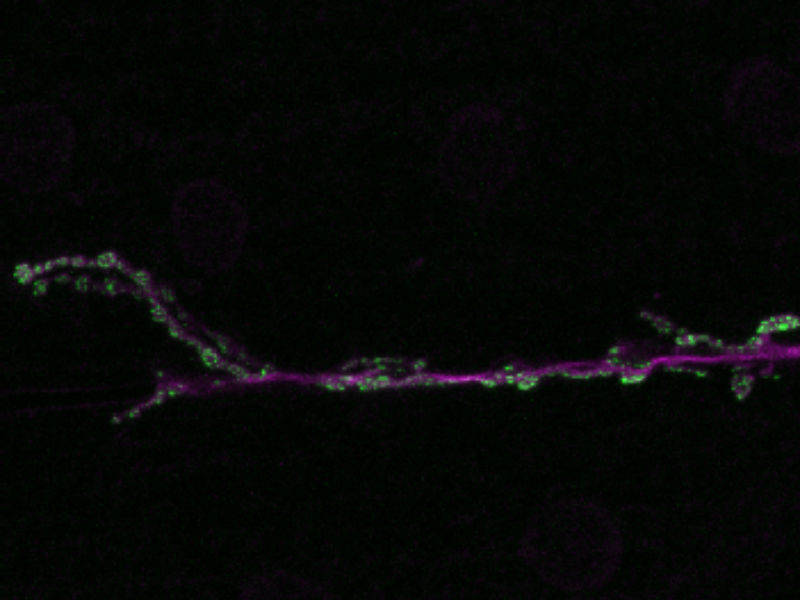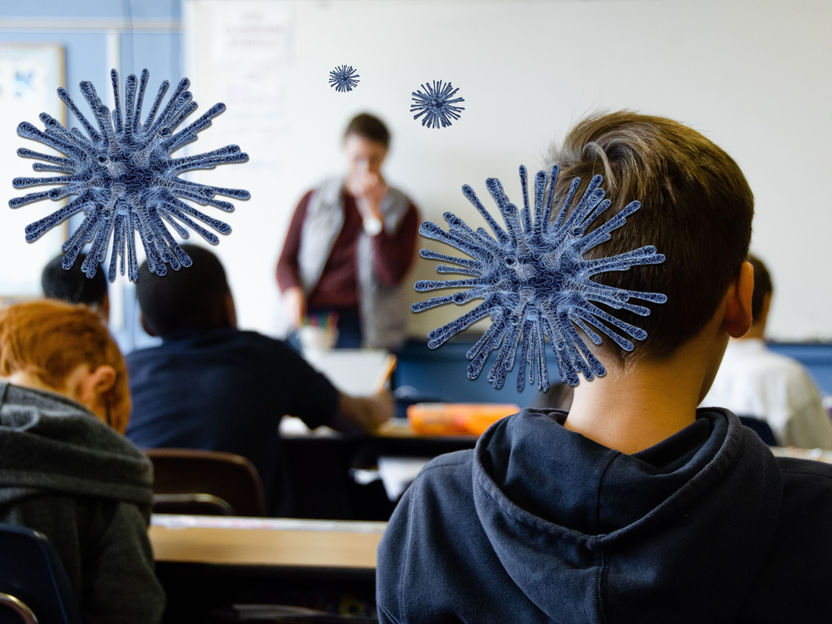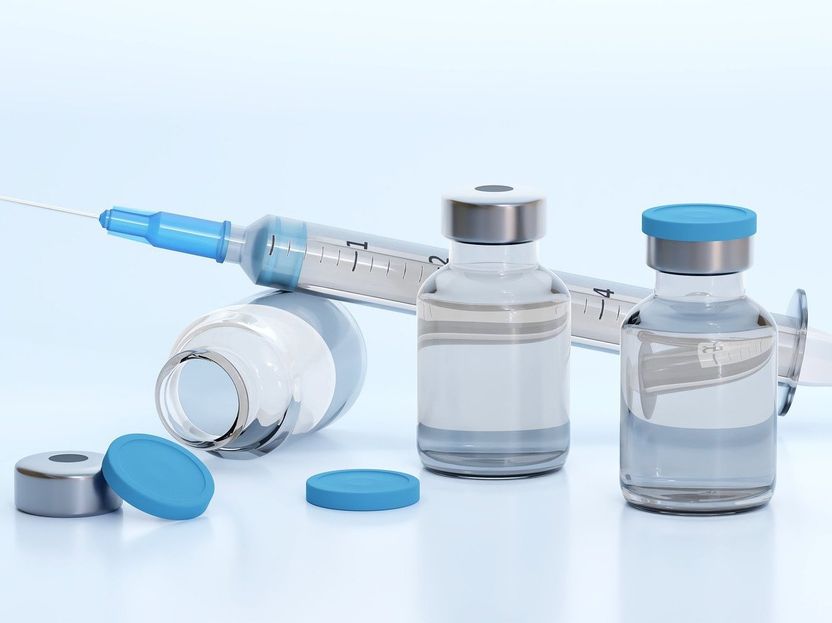Microbiome serves as sentinel for nerve gas exposure
Exposure to banned nerve agents remains a major public health concern globally, especially because of the recent air-release of these agents in Syria. One main problem is the difficulty of determining whether an exposure has occurred. Now, a new study demonstrates that the mammalian microbiome can act as a "sentinel" due to its high responsiveness to exposure. The research is published in Applied and Environmental Microbiology.
In this study, the investigators exposed Sprague Dawley laboratory rats to the nerve gas soman, which is similar to sarin, an agent believed to have been released in Syria. Soman and sarin are organophosphates, which are used in certain pesticides and nerve gases. They block the normal breakdown of the neurotransmitter, acetylcholine, causing overstimulation of nerves, muscles, and certain glands. In large doses, these compounds interfere with the mechanism that turns off nerve transmission, causing suffocation.
The investigators examined the microbiome for changes at 72 hours post exposure. "Our aim was to determine specific features of physiologic injury resulting from mild exposure to soman," since these might provide warning symptoms and identify people needing treatment, said first author Derese Getnet, PhD, Research Scientist, Integrative Systems Biology Program, US Army Center for Environmental Health Research, Fort Detrick, MD.
The most notable changes in the microbiome were the detection of the bacterial genera, Facklamia, Enterobacter, and Bilophila, and the beneficial-to-plants genus, Rhizobium. "It was very interesting to see Rhizobium grow in the presence of organophosphate since it is a known class of organism associated with bioremediation," said Dr. Getnet. Rhizobium is normally not associated with intestines, but the presence of organophosphate might have given it a brief advantage over competing microbes.
"These signatures of exposure are detectable for at least 72 hours following exposure, and they persist not only in symptomatic animals, but also in asymptomatic animals," said Dr. Getnet. "It should be possible to detect these changes before any symptoms develop, or if asymptomatic exposure has occurred." Dr. Getnet also noted that an advantage of this form of sampling is that it's non-invasive, and that sites and subjects can be screened on a routine basis, absent specific knowledge of exposure.
This is important because during nerve agent attacks, it is very difficult to determine the boundaries of the affected area, as well as who has been exposed. Additionally, the onset of symptoms is unpredictable, causing estimates of exposure based on symptoms to be inaccurate.
"The motivation behind this research is to identify novel signatures for nerve agents and organophosphate exposures that can quickly be adapted into the clinical pathology workflow of urine chemistry and microbiology, without the need to develop novel technology and clinical standards," said Dr. Getnet. He noted that this work is "proof of concept" only, and more research will be necessary to determine the sensitivity of the sampling to each toxicant, as well as the signals for all of the different organophosphate pesticides and nerve agents.
To this end, there will be no need to develop novel platforms. Rather, existing technologies will simply need to be refined, said Dr. Getnet.
These developments could be very important for protecting civilians as well as the armed forces from nerve agents, or organophosphate toxicants, said Dr. Getnet. The work could also enable hospitals to determine whether a person has been exposed not only to nerve agents, but to organophosphate pesticides and to fire retardants, both of which can also be quite harmful.
Organizations
Other news from the department science

Get the life science industry in your inbox
By submitting this form you agree that LUMITOS AG will send you the newsletter(s) selected above by email. Your data will not be passed on to third parties. Your data will be stored and processed in accordance with our data protection regulations. LUMITOS may contact you by email for the purpose of advertising or market and opinion surveys. You can revoke your consent at any time without giving reasons to LUMITOS AG, Ernst-Augustin-Str. 2, 12489 Berlin, Germany or by e-mail at revoke@lumitos.com with effect for the future. In addition, each email contains a link to unsubscribe from the corresponding newsletter.
Most read news
More news from our other portals
Last viewed contents
Echis_coloratus
Monsanto_Canada_Inc._v._Schmeiser

CSIC researchers find the role of a protein in the regulation of synapse formation - The work raises the need for a balance between the Pinkman protein and the sHSPs proteins during the development of the nervous system for its correct formation
Affymetrix Selected to Genotype More Than 9,000 Framingham Heart Study Samples - SHARE Project to Help Identify Genetic Variants Associated With Heart, Lung, Blood and Sleep Disorders

New app calculates corona infection risk in rooms - Size of aerosol droplets that virus carriers release strongly influences infectivity
Northern_Norway_Pharmaceutical_Trust

Cell culture: The opportunities and the challenges - The promise of cell culture is accelerating demand, and emphasising the challenges, of this process
Crucell Teams up with ACE BioSciences and Harvard to Accelerate Bacterial Antibody Program
St_John_Ambulance_in_England_and_Wales
Harold_Ridley_(ophthalmologist)
Henry_Suter

















































